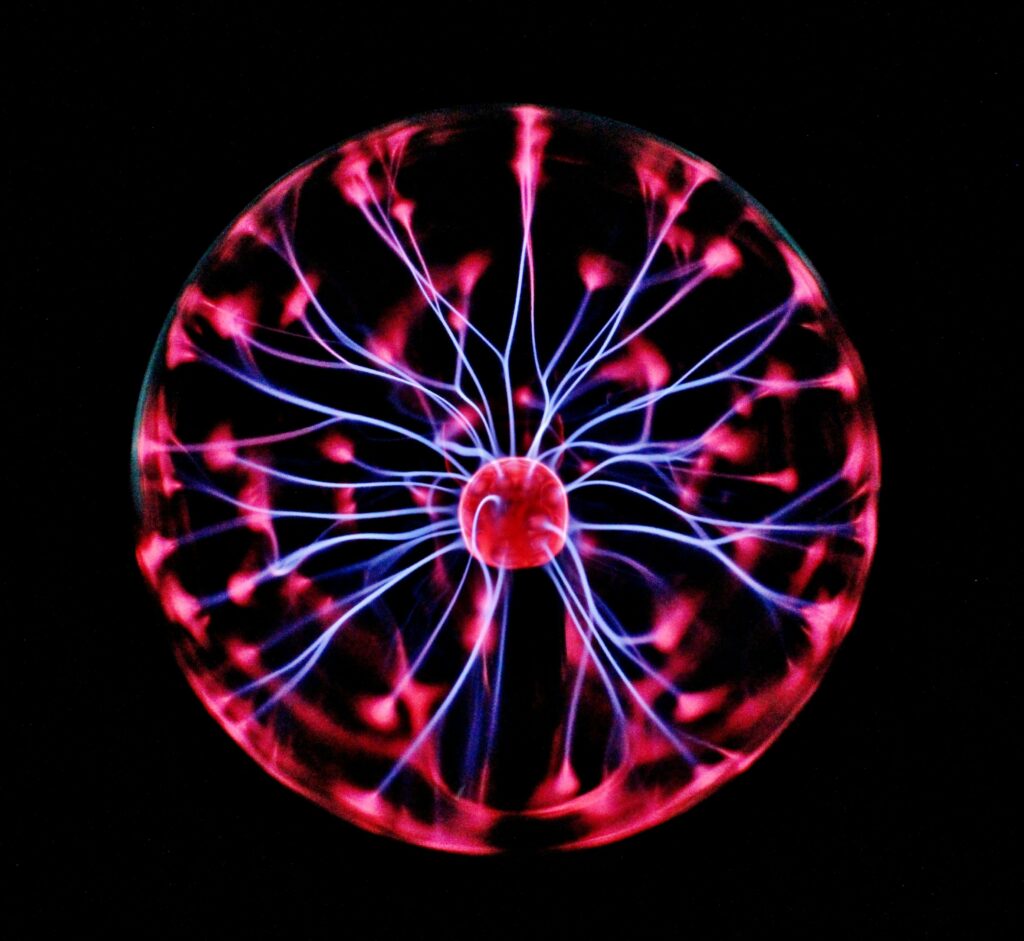Nanorobots are nanoscale devices designed to perform specific tasks within the human body, such as targeted drug delivery, repairing damaged tissue, or eliminating cancer cells. Thanks to their extremely small size, nanorobots can navigate through the circulatory system and directly penetrate diseased cells, offering more precise treatments and minimising side effects.
An emblematic example of the application of nanorobots in medicine is related to the treatment of bladder tumours. According to the Advanced Therapies Observatory, nanorobots represent an emerging frontier in the treatment of these tumours. These devices can be programmed to selectively recognise and destroy bladder cancer cells, limiting the impact on healthy cells and significantly reducing the risk of recurrence. This is particularly important in bladder tumours, which often require invasive treatments such as chemotherapy and surgery.
Advantages of Nanorobots Compared to Traditional Therapies
The introduction of nanorobots into clinical practice offers numerous advantages over traditional therapies. The ability to deliver drugs in a targeted manner reduces the need for high doses, thus decreasing the side effects associated with traditional chemotherapy, which often also damages healthy cells. Furthermore, nanorobots can operate with such precision that they can reach areas of the body that are difficult to access with conventional surgical techniques.
Another crucial aspect is the potential reduction in recovery time for patients. Because nanorobots can operate directly on diseased cells without damaging the surrounding tissue, procedures become less invasive and less traumatic for the patient. This means not only a faster recovery, but also a better quality of life during and after treatment.
Clinical Trials and the Future of Nanorobots
Clinical trials of nanorobots are still at an early stage, but preliminary results are promising. Studies in animal models have demonstrated the effectiveness of nanorobots in reducing tumour mass without the side effects typical of traditional therapies. Currently, several research groups around the world are working to refine this technology and make it available for human use.
However, there are still significant challenges to be addressed before nanorobots can become an integral part of clinical practice. These include large-scale production of safe and effective nanorobots, regulation by health authorities, and acceptance by the medical community and patients.
Despite these challenges, the potential of nanorobots in medicine is enormous. With further research and development, this technology could revolutionise the treatment of cancer and other complex diseases, offering new hope to patients around the world.
Conclusions
Nanorobots represent one of the most promising innovations in modern medicine, with the ability to transform the way we treat cancer and other diseases. Although there are still many steps to be taken before this technology can be adopted on a large scale, the progress made so far is encouraging and indicates that nanorobots could soon become a clinical reality. The future of medicine could be much smaller than we imagine, but with a huge impact on our ability to fight disease.
xThe Origins of Nanorobots
The idea of nanorobots was initially conceived by the American physicist Richard Feynman in 1959, when in his famous speech ‘There’s Plenty of Room at the Bottom’ he imagined the possibility of manipulating and controlling matter at the atomic level. However, it was not until the 1980s that nanotechnology began to take shape as a scientific discipline, with Eric Drexler, considered one of the founding fathers of modern nanotechnology, proposing the use of molecular machines capable of assembling structures at the atomic level.
Since then, the nanorobot concept has evolved through advances in nanotechnology, robotics and biomedicine, leading to the creation of the first prototype devices that can be used in the medical field.
Autore: Mattia Sapere
